Never sell your bitcoin, Part Two.
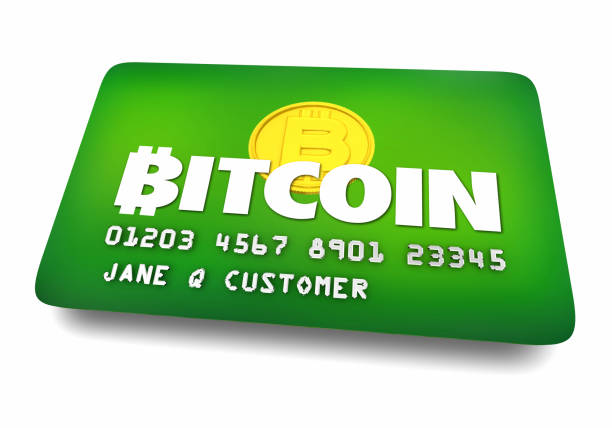
Never sell your bitcoin: Part Two.
- This is part two of a so far two part series on one way of never selling your bitcoin but still earning from it.
- If you missed part one, please click this link to read it first, then return here to read part two. Part One Link Thank you.
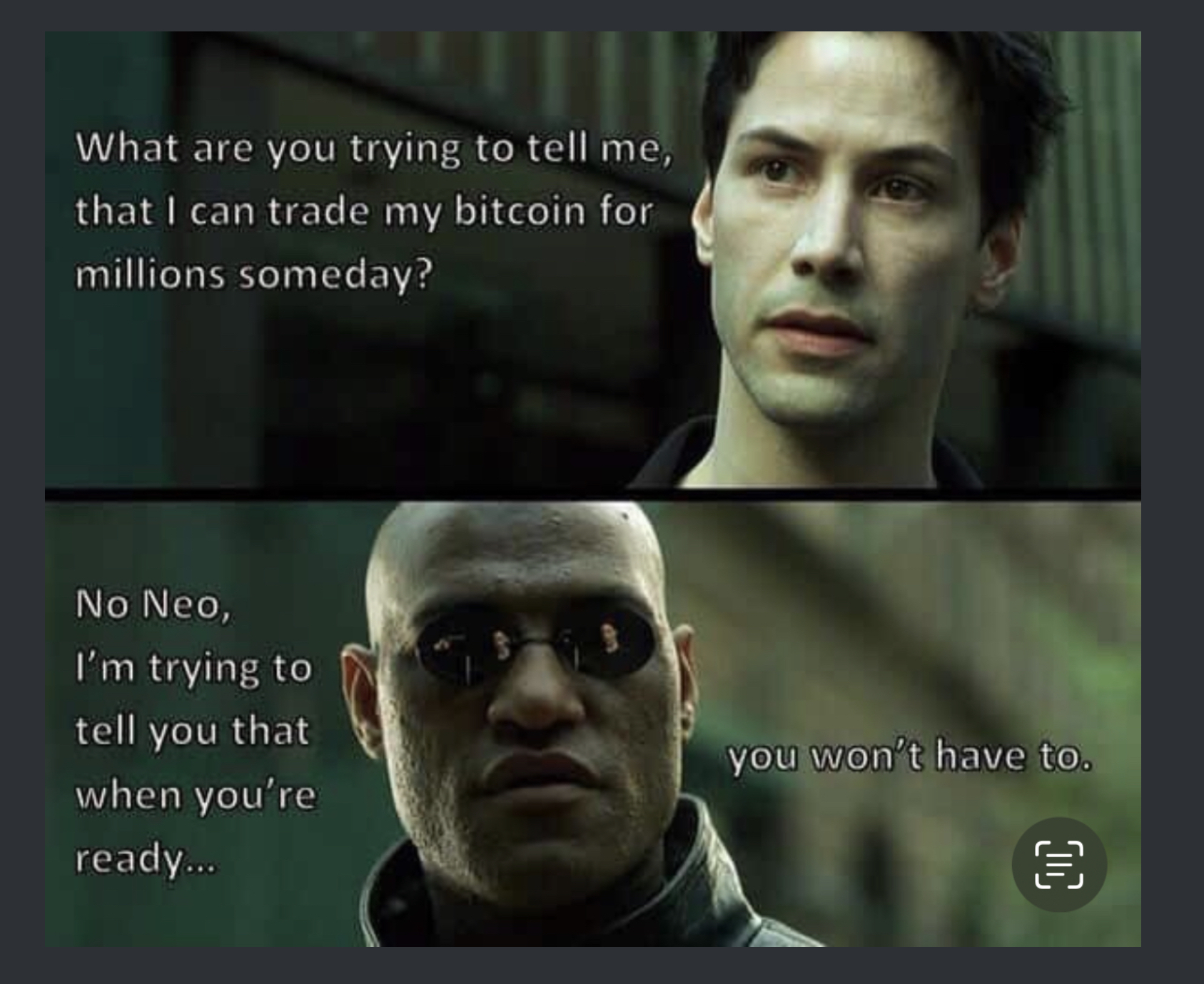
- This meme is literally the goal of this article series.
Makerdao
In my last post I reviewed the strategy of never selling your bitcoin, and instead borrowing against it, using the Makerdao.
In this post I will explain what the Makerdao is and review the terminology you need to understand to use it.
I characterize the Makerdao as a lender in the decentralized cryptocurrency economy, where investors interact with smart contracts directly.
This interaction allows investors to receive loans instantaneously, and doesn’t require the approval of a loan officer or loan committee.
The smart contract does not do a background check of your name, birthdate, residence, credit score or credit history.
The smart contract only needs to know you have deposited the assets, it will accept as collateral for a loan.
You will then be granted a loan on the basis of these assets.
The Makerdao is computer code, so it doesn’t discriminate because you’re from a poor country or rich country, it does care whether your rich or poor.
The MakerDao is a financial tool like currency, it can be used for good or bad, wise or foolhardy strategies.
It will loan you money in the blink of an eye. And if you default on your loan, it will liquidate your collateral with the same speed.
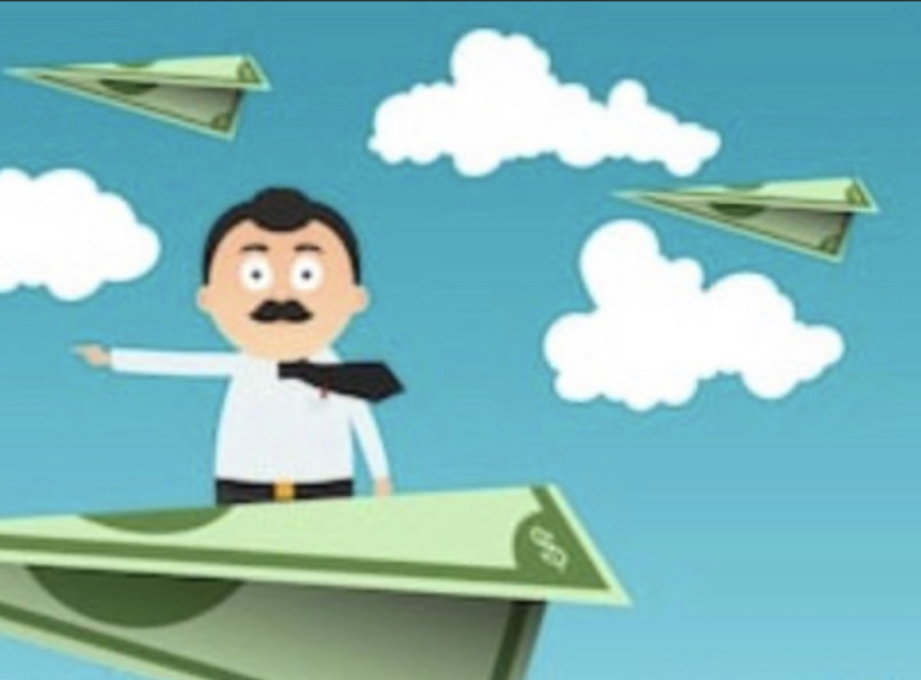
Understanding the MakerDao. Definitions of terms you need to understand.
Credit
- When people purchase things they pay cash or credit.
- Cash is currency like Dollars, Euros, or Yen.
- Examples of Credit are the balance you carry on your credit card or the balance you carry on loans for your car, home or boat.
- The loans have terms which include the length of the loan and the repayment schedule, which specifies the size of the loan payments, when the payments are to be paid, and how many payments are total to retire the debt.
- When you borrow money in the form of a loan or you create a balance on a credit card, someone or something has extended you “credit”.
- This someone or something is called a “Credit Facility” , because it provides “Credit”.
- This is similar to how a bakery provides baked food, or a donut shop provides donuts. Following this line of reasoning a Credit Facility provides credit.
Loans or credit can be secured or unsecured.
Unsecured Credit
- A Credit Facility can provide you “credit” in the form of a credit card which allows you to buy things and the only guarantee the Credit Facility has, is your word or your promise to pay.
Secured credit, Collateral and collateralized debt. - A Credit Facility can provide you “credit” in the form of a secured loan, in which your promise to pay is guaranteed by your agreement to forfeit an asset, which the credit facility agrees to accept for this purpose.
- This asset is also called Collateral and the agreement is a Collateralized agreement.
Debt
- Debt is of course money you owe someone or something.
- Your credit balance on your credit card or your loan balance on your house is called Debt.
- In decentralized finance and in any agreement where Credit is extended to you is also a Debt.
- When you deposit Bitcoin or Ethereum into an account on the Makerdao, and when you borrow money from MakerDao you are creating a Debt. That Debt or promise to pay is secured by your Ethereum. The Ethereum is your security or collateral. The agreement is a debt. The agreement becomes a Collateralized Debt agreement or product. And we call it a Collateralized Debt Product.
- Next I want you to remember that just like bread is the product of a bakery, in decentralized finance this collatetalized debt agreement is also called a product.
- And this product made by Makerdao is collateralized, and therefor it is called a Collateralized Debt Product.
- In Decentralized Finance Financial system this asset or Collateral is usually a valuable and well know asset like Bitcoin, or Ethereum.
- The agreement, which governs the terms by which the credit facility extended credit to you is a product. The agreement also represents something else called Debt.
Credit Debt Facility
- A Credit Facility which creates Credit Debt Products is also called a Credit Debt Facility.
- The Makerdao is sometimes called a Credit Debt Facility or CDF.
- The Collateralized Debt Product created by an investor on MakerDao is called a Collateralized Debt Product or CDP.
Stability Fees & Interest
- Normally lenders loan money in exchange for repayment of the amount of the loan, called the Principal, plus a profit for the lender called interest
- If the interest on a 100 dollar loan is 10%, then the repayment amount is 100 dollars plus 10% of 100 dollars, or ten dollars and 100 dollars plus 10 dollars is 110 dollars is the repayment lowered.
- In decentralized finance an investor pays interest, but it’s called a Stability Fee.
- In traditional finance you pay off a credit debt with monthly payments.
- In decentralized finance there are no monthly payments.
- You pay back the principle and interest/ stability fee when you payoff your debt.
Loan to Value Ratio
- Traditionally, a bank doesn’t loan you $10,000 USD on a new car selling for $10,000.
- They only loan you a percentage of what the car is selling for and you pay the rest.
- The bank decides how much to loan you based on a standard loan to value ratio, which depends on what type of asset the loan is for, such home, car or securities.
- This loan to asset ratio could be 80%. Which means the bank will loan you $8000.00 on a $10,000.00 dollar car.
Collateralization Ratio
- In decentralized finance credit facilities make loans called CDPs or collateralized debt products.
- They don’t use a loan to value ratio, they use something called a Collateralization Ratio.
- It is the inverse or opposite of a loan to value ratio.
- In a loan to value ratio you create a fraction with the loan value on top (numerator) and asset value on bottom. (Denominator).
- I remember this by reminding myself that banks slwsys have the advantage, thus they are always in top.
- In a Collateralization ratio the value of the asset is on top, and the loan is on the bottom.
- I can remember this because in decentralized finance the borrower is suppose to have the advantage or be on on top.
- The top is a the value of the asset in fiat, like dollars and the bottom is the value of the loan.
- The fraction usually is greater then one.
- For example in the MakerDao it’s 1.5.
- This fraction by current convention referred to as a percentage and currently it is usually 150%.
- So this means the value of your collateral in a Collateralized Debt Product must be 150% of your loan.
- So if your loan is for $100 your collateral must be worth $150. That’s a 150% collateralization ratio.
- Next we shall tackle liquidation.
Liquidation
- The final thing we need to understand in decentralized finance is called liquidation.
- In decentralized finance, you have a loan agreement, called a collateralized debt product, with an asset to debt ratio of 1.5 to 1.0 or 150% to 100%.
- As long as the value of your asset or collateral stays above 150% your fine. - But if the value of the asset falls below 150% of the asset value, the asset will be sold immediately to payoff the loan. And a balance remaining afterwards will be returned to you.
- This is called Liquidation
- This means that a certain price of your collateral becomes your liquidation number.
Summation
- These are the essential terms and concepts of decentralized finance.
- Master them, and you can build a pathway to wealth.
If you missed part one, please click this link to read it first, then return here to read part two. Part One Link Thank you.
Shortsegments
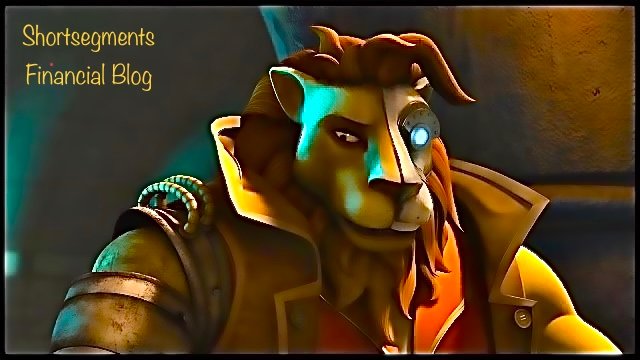
About shortsegments
Shortsegments is a writer focused on cryptocurrency, the blockchain, non-fungible digital tokens or NFTs, and decentralized finance for over five years.
Leofinance

GIF created by @mariosfame
About Leofinance
- Leofinance is a social media community on Hive, where you can write long articles or short tweets called Threads about any topic and join a passionate social media community.
- Learn more about Leofinance with my Seven Minute Quick overview and QuickStart Earning Guide. Then you can Join for FREE! Signup takes 20 Seconds! #### Click Here
Hive
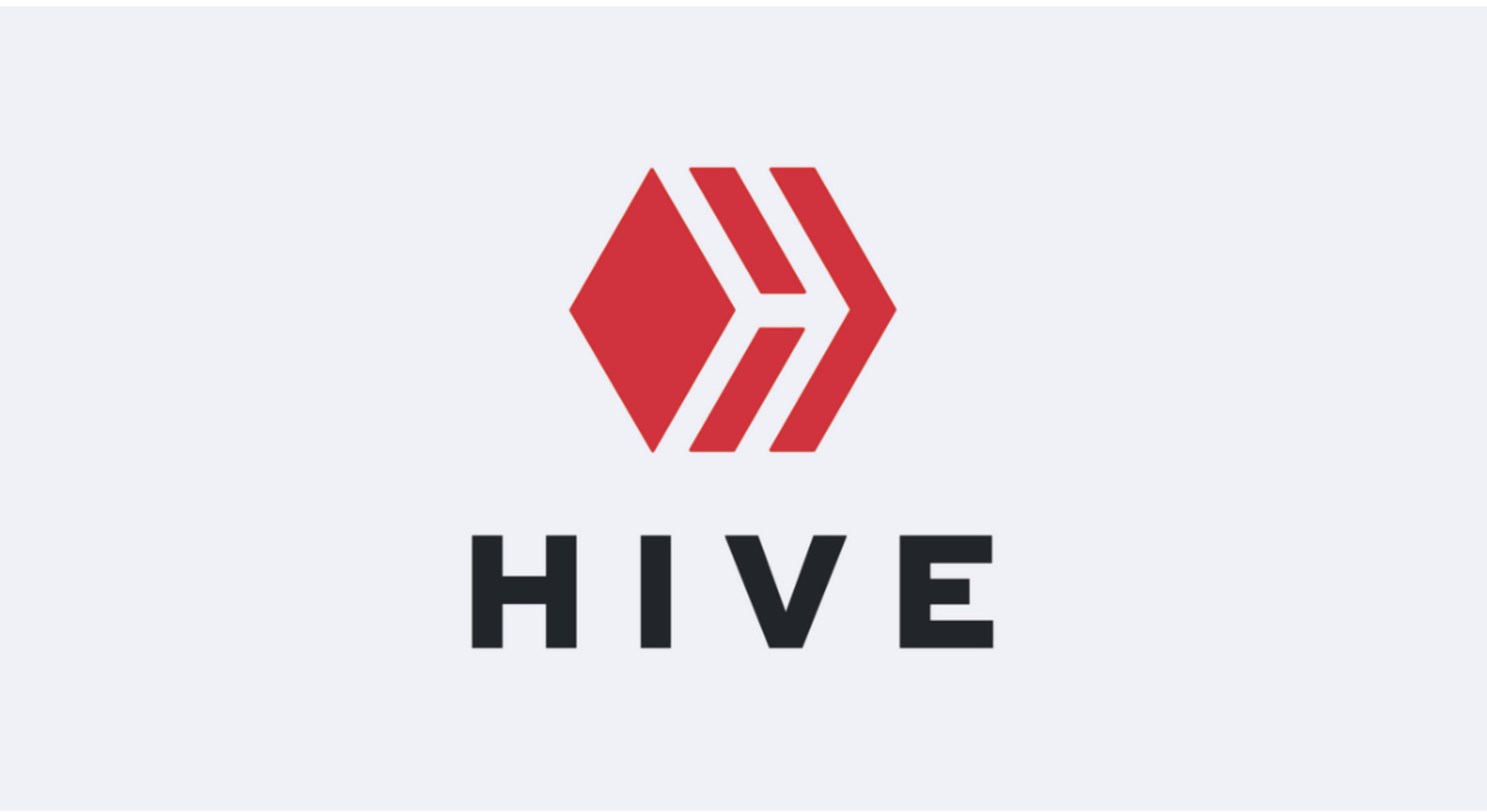
About Hive
- Hive is a blockchain and a community with several hundred decentralized applications on it, including social media platform Hive were you can earn Hive cryptocurrency tokens and Hive Backed Dollars, a stablecoin. It is also the home of the social media platform Leofinance where you can earn Hive, Hive Backed Dollars and Leo the cryptocurrrncy reward token of Leofinance. Learn more at this link:
What is Hive
Other Articles by Shortsegments
You may want to read the recently published article series on Introduction to Options by Shortsegments an experienced options trader.:
The first article in this series:
https://hive.blog/hive-185702/@shortsegments/introduction-to-trading-options
Read the second article in this series:
Read the third article in this series:
Read the fourth article in this series:
https://hive.blog/options/@shortsegments/introduction-to-options-part-4-probability-of-success
Read the fifth article in this series:
https://hive.blog/hive-167922/@shortsegments/introduction-to-options-part-five-moneyness
Read the sixth article in this series:
https://leofinance.io/publish?edit=introduction-to-options-time-decay
Very interesting article and concept. Have you checkt the new lending feature on Thorchain? Loans on native BTC with no Liquidation…
No I havent
It sounds interesting
Thanks
At the end I don't think it will really be wise to borrow money from the bank. Thank you so much for sharing this
Your welcome. I agree borrowing in the crypto ecosystem is better.